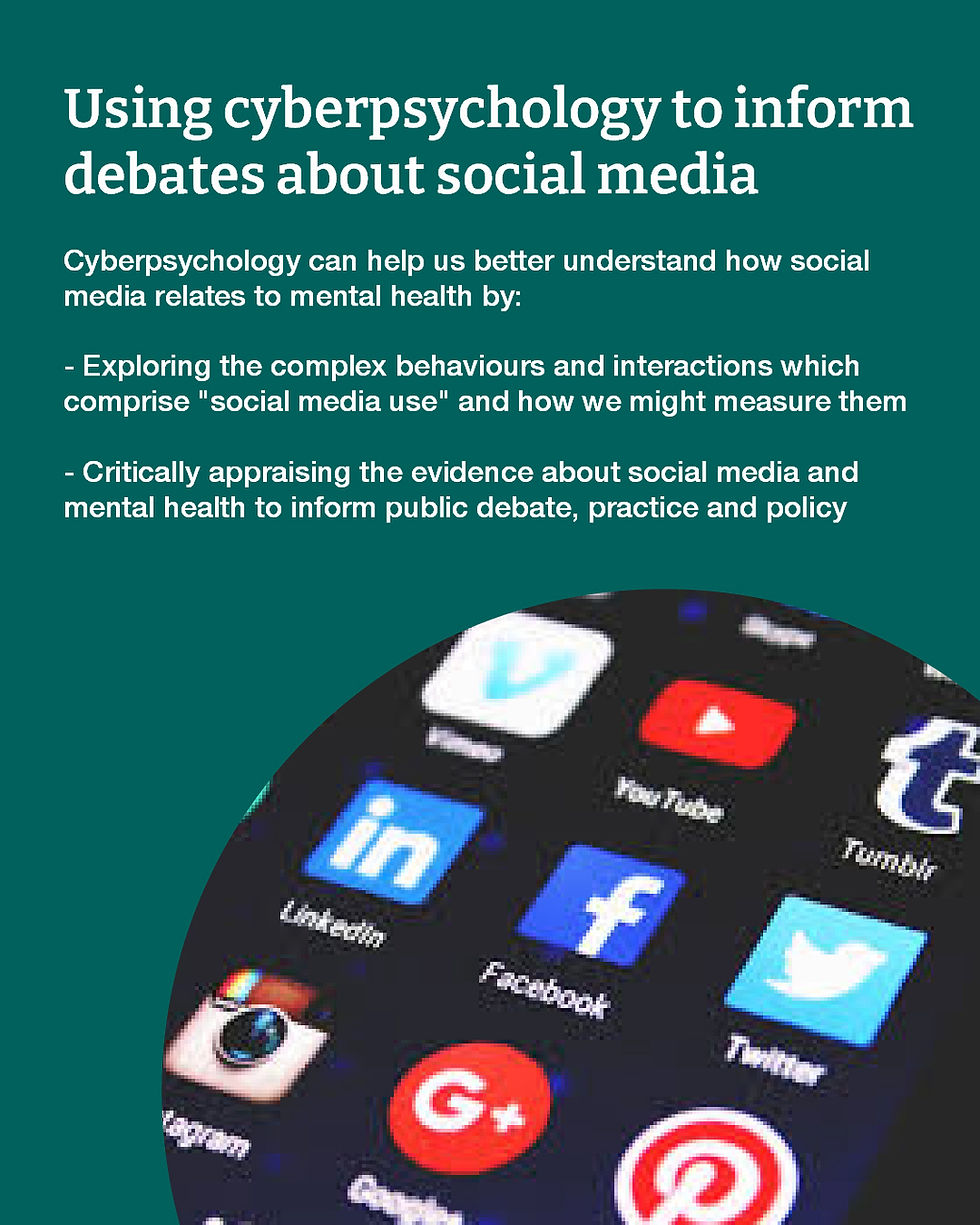Planning research impact
- Jun 4, 2021
- 3 min read
We have just reached the end of a REF cycle and if your university is anything like mine, management will already be breathing down your neck in getting a strategy in place for the next REF cycle. For those who may not be UK readers and be less familiar with the “REF”, this refers to the “Research Excellence Framework” and is a national exercise to assess the quality of research in UK institutions (HEFCE, 2021) to help determine the funding given to UK universities. One element of REF has become the focus on research “impact” as a way of determining how academic research may reach beneficiaries beyond academia. Whilst I am highly in favour of the principles behind “getting our research out there”, the work associated with documenting a case study to showcase this as part of a university’s REF submission is no easy task.
Having submitted an impact case study in the most recent REF 2021 cycle, I have learnt a lot about how to do this best. As well as doing the actual research (“underpinning research”), an impact case study requires a wide range of other activities such as; designing and engaging in impact-related activities, evidence-gathering and threading together a coherent narrative for the case study report itself. Having fully engaged in this process over the last few years, I am now extensively forewarned about the importance of being proactive in impact planning for the subsequent research cycles.
Top tips
Some general top tips I have learnt from experience:
· Early on, identify who your primary (and any secondary) beneficiaries of your research are. If there are not any except academics, then it is likely that your research isn’t best suited as an impact case study
· If you are doing public engagement events (will be most relevant if your primary beneficiary is the general public), find a way to document any changes in their learning/knowledge as a result of your session
· Have a clear system for record keeping (e.g., Excel file with website, documents, media pieces with URLs etc)
· Keep records updated regularly with any new data relating to impact (in line with Data protection laws of course). This may include things like website views, readership numbers, news pieces which cite your work etc
· Be familiar in advance about what data you will have access to and what you may need permission to access/use (e.g., Press Offices may have data such as readership numbers which could be useful)
· If you are working with someone/currently liaising with someone who may be useful later down the line, pre-empt by asking informally if they may be willing to write a supporting statement/testimonial for you (and explain briefly how this is used by universities in relation to REF impact)
· Establish good working relationships with the people who are likely to be able to help you (e.g., Press Office, journalists, policy teams, impact managers, etc etc)
· Create and keep updated an impact planning document (see next section)
Impact planning
As we start the next REF cycle, I have found this as an excellent resource from the University of Sheffield on “REF2021 impact types and indicators”. It is a great summary of the types of impact statements and evidence which may be relevant towards different forms of impact. There are a wide range of other great resources too, so do seek out any you find helpful. In all cases however, it is important to remember that the research needs to come first to operate as “underpinning research” before any impact-related work can be corresponded to this. As such, impact planning should be considered as a part of your wider research planning and process rather than separate to this.
In the spirit of collaboration, I have produced a blank impact planning template (see end of blog post) which I am sharing here which is freely available to use should you wish to create your own impact planning document or share with your colleagues. For the sake of an example, I have populated this myself (see Figure 1) but retrospectively using my impact case study from REF 2021. However, I would anticipate my ongoing impact planning document will look quite different from this and perhaps much less disparate in nature. For example, I would expect a reduced number of impact statements and streamlined process of impact-related activities.

Figure 1. A visual summary of an example impact case study in line with the impact planning template
To summarise, having a proactive approach to research impact is paramount to supporting the process of impact activity planning, evidence-gathering and producing a coherent case study narrative. I am hopeful that this blog post and associated resources may help others in this endeavour!



Comments